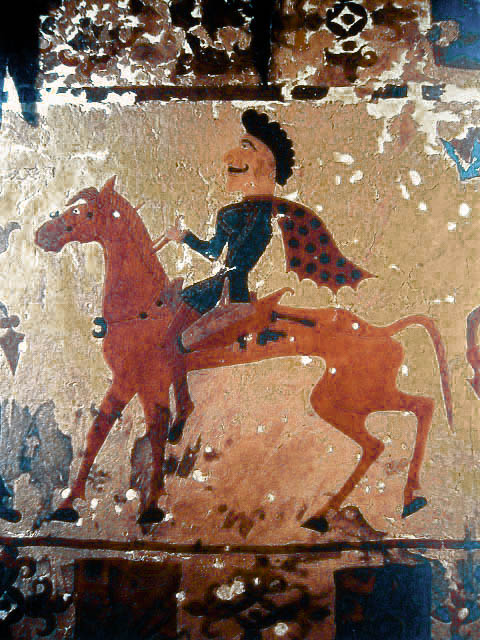Facts About Pazyryk burials
The Pazyryk burials represent a significant archaeological discovery from the Scythian Iron Age, situated in the Pazyryk Valley and on the Ukok Plateau in the Altai Mountains of Siberia. Dating back to the 4th–3rd centuries BCE, these tombs are distinguished by their Scythian-style kurgans—large burial mounds containing wooden chambers beneath stone cairns. This region serves as the principal site for the Pazyryk culture and is part of the Golden Mountains of Altai UNESCO World Heritage Site.
The Pazyryk people were horse-riding nomads who engaged in extensive trade with Persia, India, and China, amassing considerable wealth. The tombs have preserved a wealth of artifacts, thanks to the ice formed by water seeping in and freezing in the permafrost. Among the discoveries are felt hangings, Chinese silk, the oldest known pile carpet, intricate horse gear, wooden furniture, and various household items.
Some of the standout finds include a tattooed Pazyryk chief, the Ice Maiden interred with six horses, and the Pazyryk carpet, the oldest surviving pile carpet in the world. These discoveries highlight the Pazyryk culture's connections to the Scythians and their extensive trade networks extending to Central Asia, China, and the Near East. Ongoing research aims to determine if the current inhabitants of the Altai region are descendants of the Pazyryk people through archaeogenetics.
Excavations have also uncovered well-preserved mummies, evidence of mummification techniques, and sacrificial rituals. New discoveries continue to shed light on the customs and interconnections of the Pazyryk culture, providing valuable insights into the ancient nomadic societies of the Altai Mountains.

 Mongolia
Mongolia